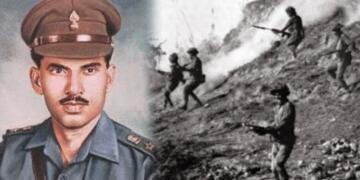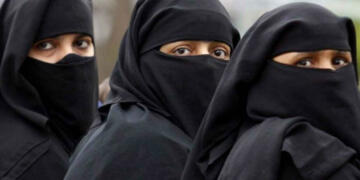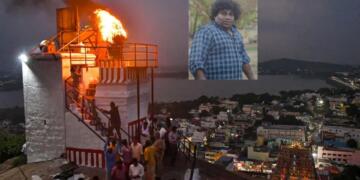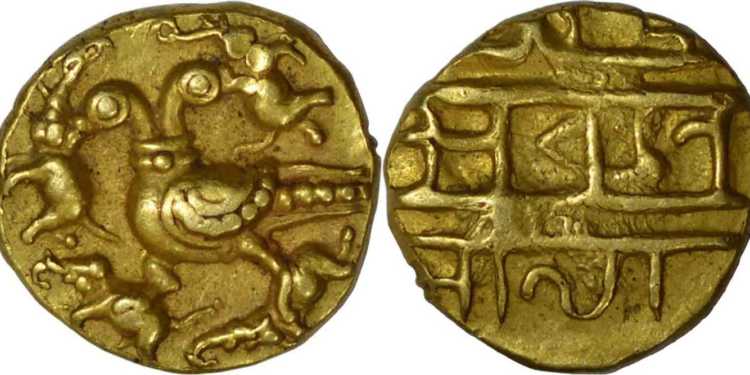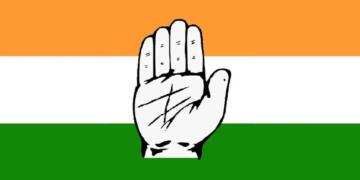In the first essay of this series, we outlined our theory of neo-monarchy and third Indian occupation. We observed that the key to building such an empire in a democratic setup lay in institutionalizing certain mentalities: Exposing the Left Wing Cartel – Chapter 1 | Introduction to their methods.
In the second article we discussed how Gandhi-Nehru dynasty was created and how every achievement of Independent India was accredited to the family. Exposing the Left Wing Cartel – Chapter 2 | Gandhi-Nehru Dynasty and Legacy Creation
In this essay we’ll discuss the distorted history of India and how a mass scale distortion was carried out
Distorted History: The Victors distort History
Getting hold of machineries that subtly nurture certain notions in people at a large scale, is arguably the most effective method of public relations. Corporate investment in the media, not just in India but world over, has specific objectives. Recent Chinese investment into organizations that determine global pop culture, has strategic implications. Rewriting history is also one such tool.
Victors write history. It permits them to glorify themselves. It permits them to justify their actions. Most importantly, it permits them to build a long lasting foundation for their reign. India is also a victim to this phenomenon. Parts of its history have been suppressed, selectively highlighted, or simply made up.
Distorted History: The glories of ancient India, ERASED
At the onset, this is a subject so vast that volumes of well-researched works won’t do justice to it let alone one article. But this seems like a good time to bring it up, especially when the idea of India appears to be under threat from some anti-social quarters. The origin of this folly is the idea that there was no unity of any kind among different peoples of the Indian subcontinent before the colonial era, and that we are today an unnatural amalgamation due to geographical convenience. Take a boat ride on the Ganga in Varanasi, and this theory disproves itself. Along the river stand over eighty palaces, built by kings from every part of the subcontinent. One gets a sense that long before political unity came about, there existed a cultural or psychological unity within the subcontinent. Take a look at the locations of 8th century philosopher Shankaracharya’s four mutts: there’s one in every direction of India. One wonders why the northern one for instance lies in Uttarakhand and not in Central Asia. There are countless examples such as these to prove that an underlying Indian unity did exist, that it is not the idea of India but in fact the ‘idea of no India’ that is artificially imposed on people. Why did our history books play along happily? Simply to create a prestigious void which the Congress and the dynasty could fill. And it could be filled without having to cater to the sympathies that people might hold for their past culture. This is why we are largely unaware of our pre-Mughal history, save a few carefully curated morsels.
Distorted History: Cultural legitimacy to Nehruvian socialism
According to historian Sanjeev Sanyal, this is exactly why the Arthashastra is sidelined. This is also why king Ashoka is placed on a high pedestal. Both of these were to give a cultural legitimacy to Nehruvian socialism. The Arthashastra is one of the few social doctrines of ancient India that are well known. Most commentaries about it indicate that its content would be termed as right-of-center in contemporary narrative. And Ashoka, is actually no great king. He oversaw the collapse of the Mauryan empire built by his forefathers, and was long forgotten until the British found certain artifacts. But his advocacy of a ‘nanny state’, of which one can draw parallels to socialism, prompted his resurrection.
Distorted History: Glorification of Mughals
Last year my cousins and I went to Hampi, and not for any other reason than because everybody goes to Hampi. On the way, it occurred to me that I knew nothing about our destination, so I did a quick web search. The Wikipedia entry baffled me. This little town built in the rocky cliffs along the Tungabhadra river, was the world’s second most populous city in the fifteenth century! Further research revealed that the Vijayanagar empire, of which it served as the capital, covered most of South India and a large chunk of South-East Asia in its peak. And yet, mainstream Indian history of that period is associated with one name and one name alone: Akbar. Akbar was part of a dynasty of Central Asian marauders. One cannot belittle their cultural contribution, but neither can one ignore the phases of brutality and intolerance during their rule. Unlike the British, we do not formally consider them as occupiers. Why? Let’s put it this way: The Anglo-Indian votebank unlike the other one, is a non-entity.
Distorted History: Several treasures of our Civilization concealed
Due to political compulsions, several treasures of our civilization remain unknown to us. Our advances in mathematics, engineering, medicine, philosophy, social sciences and several other fields remain out of bounds for the common man. As we have witnessed in the past and continue to do so very strongly today, national pride is bitterest tonic for leftist dominion. Now let’s fast forward many years to a conversation between former British prime minister Clement Atlee and West Bengal governor P.K. Chakraborthy in 1956. Lord Attlee was at the helm of affairs when India was granted independence, and this extract is of a letter written by the governor:
“My direct question to Attlee was that since Gandhi’s Quit India movement had tapered off quite some time ago and in 1947 no such new compelling situation had arisen that would necessitate a hasty British departure, why did they had to leave?… In his reply Attlee cited several reasons, the principal among them being the erosion of loyalty to the British crown among the Indian army and Navy personnel as a result of the military activities of Netaji…Toward the end of our discussion I asked Attlee what was the extent of Gandhi’s influence upon the British decision to quit India. Hearing this question, Attlee’s lips became twisted in a sarcastic smile as he slowly chewed out the word, m-i-n-i-m-a-l!”
I quote this extract not to discredit Gandhi. This is only to get a sense of the possible extent to which history that is taught to us can be distorted. Maybe what it says is incorrect, but maybe it isn’t. My point is that there are too many discrepancies in the linear and bias history that we are taught. There exist enough legitimate grounds to question or contest our pre-conceived notions regarding the freedom struggle, the Aryan invasion theory, the Ram Janmabhoomi movement, the Mughal era, the patriot Nathuram Godse and several other phenomena which make us who we are today. There are some positive signs: awareness is gradually coming about, and a lot of work is being undertaken to recast our history in the accurate light. Victors write history. Thank god that in a democratic country, there are no permanent victors.



